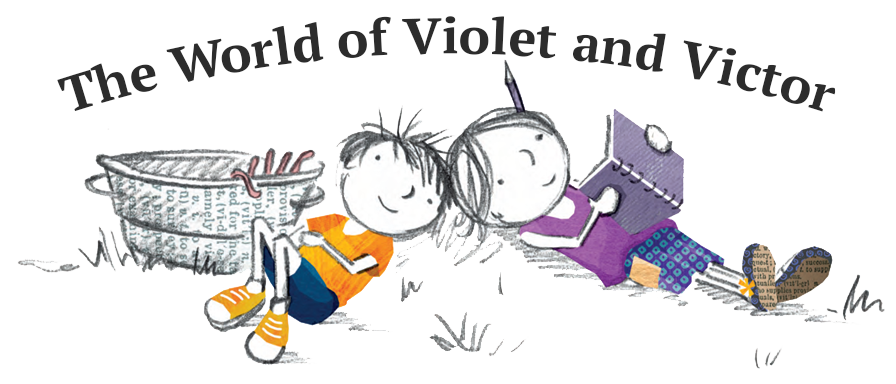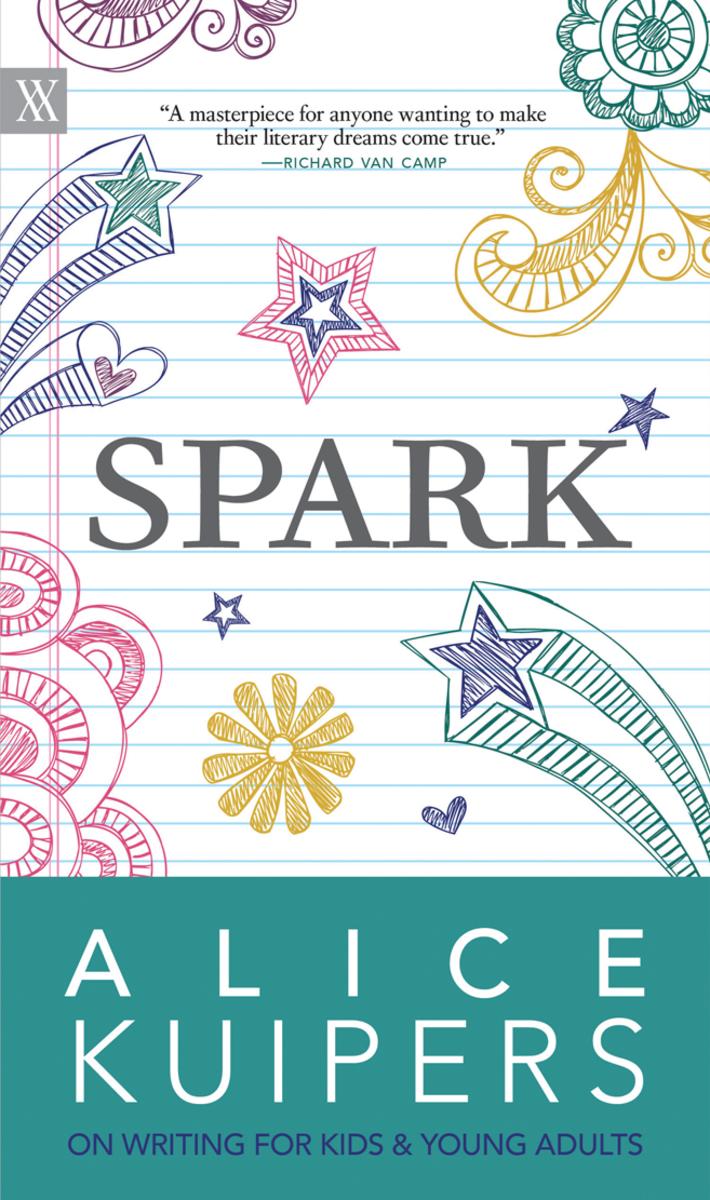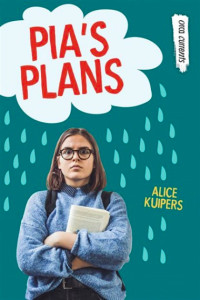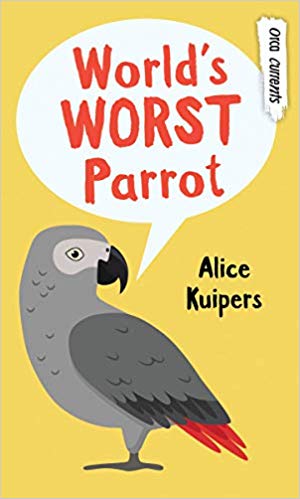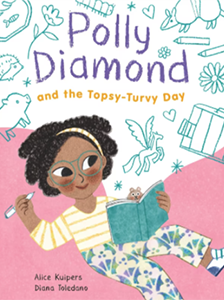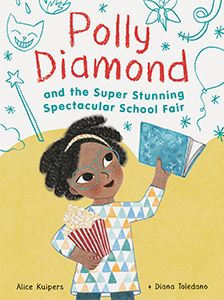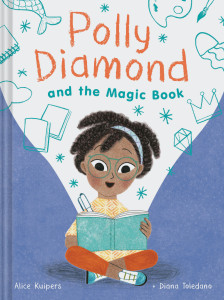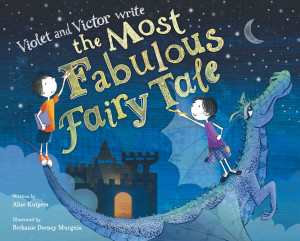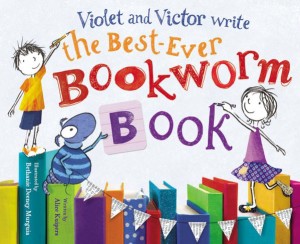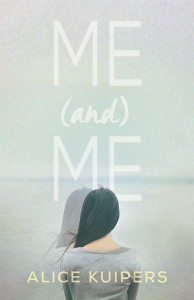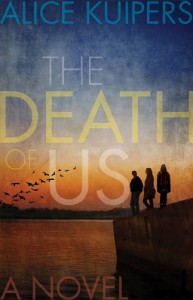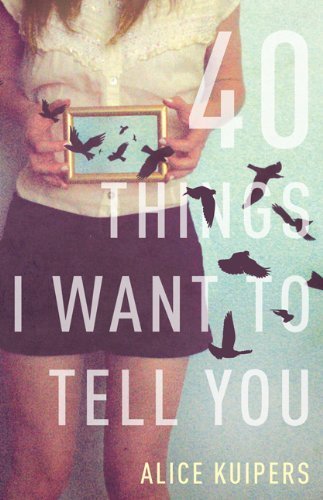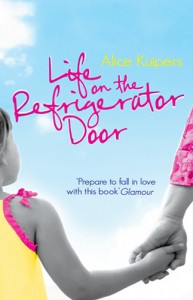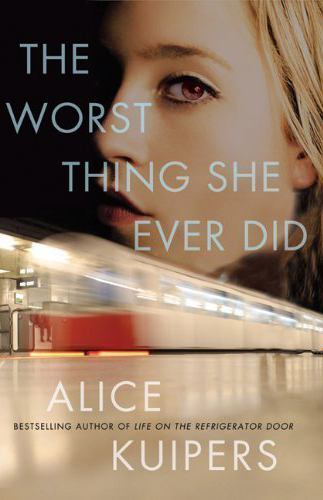Answering Your Writing Questions
I love answering questions about writing–and lots of you have questions for me. So I thought I’d try regularly featuring some of those questions in my newsletter and on here to see if the answers are helpful to other writers too. If you have a question about writing (or about the writing life) please email me at alicekuipersauthor@gmail.com. This question is about the links between scenes…
One of the things that I often get stuck on is how to segue from one scene to another in an interesting way. Sometimes I know what I want to happen next but I know I can’t keep going from action to action to more action. I suppose you could call these fillers or perhaps opportunities to include other aspects such as character development etc. I’d love to know if you have any thoughts on how to approach this. Melissa
Transitions between scenes are often tricky and one of the ways I handle these is not to think about this aspect toodeeply until I get to a later draft. Partly, this is because sometimes scenes move around, or they get deleted, or it becomes apparent that a whole other scene needs to be squeezed in. Then, when I begin a fourth or fifth rewrite, I spend some timefocusing on only transitions between scenes. (I edit in layers, so in that fourth edit, I might look firstly at all the dialogue, then all the chapter breaks, then the transitions, then the character motivation etc).
When I’m focusing on transitions, I ask myself two things:
1: Does what happens next make sense?
2: Can this transition be simpler?
These questions help me think about exactly how I need to approach the gap between one scene and the next.
I think your question, Melissa, is also about what should happen in a scene. And I think here is where your scenes could maybe look at three other important elements: dialogue, description and internal voice. It sounds to me like you have action very strongly on the page (the fourth key element of a scene) but that perhaps some of the other elements could be deepened withinthe scenes. Then the transitions will be easier because each scene will be fuller–scenes should be like pearls on a necklace, as an editor once said to me. That made me think that the strands/string of the necklace itself should be the background, strong, but almost invisible. And so that’s how I think of transitions.
The last thing I do as a writer, is that I always notice when I’m reading how other writers achieve technically the things I am struggling with. So, turn to your favourite writers and look at how they deepen their scenes and how they transition between scenes. Do they use a quick narrative voice? Like this: Later that evening…
Do they delve into the thoughts of the character? Like this: He hated walking away from her… Or do they trust the white space and just move to the next scene?
I rewrite my own books about a hundred more times, smoothing each page (and transition) as manytimesas need be until they can’t even be seen.
I hope this helps answer your question.
Thanks for asking me. If anyone else has a writing based question, then send me an email!


